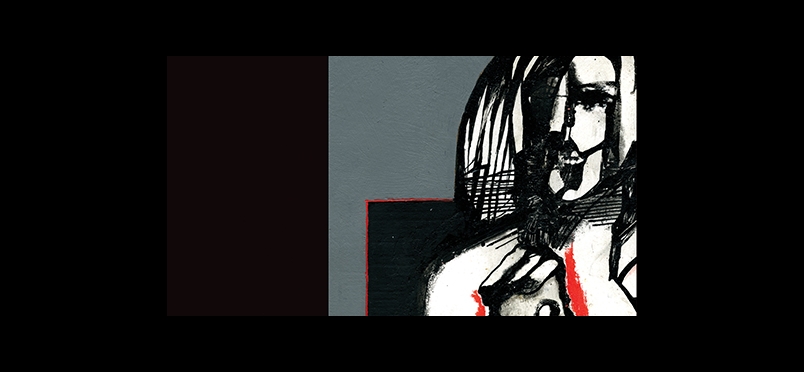| cancer
Relapsed/Resistant Multiple Myeloma

Evaluating Belantamab Mafodotin in 58 Centers in 8 Countries
Newswise — An experimental, off-the-shelf immunotherapy that combines a targeted antibody and chemotherapy can lead to potentially durable responses in multiple myeloma patients whose disease has relapsed or is resistant to other standard therapies. A multi-center, international trial evaluated the drug, belantamab mafodotin, and found almost a third of patients whose disease had returned after other therapies achieved a partial response or better when treated with this therapy, which targets the B-cell maturation antigen (BCMA). Data from 196 patients on the trial, called DREAMM-2, have been submitted to the U.S. Food and Drug Administration for consideration for approval. The findings were published in Lancet Oncology today.
Multiple myeloma is a cancer of plasma cells, which build up in the bone marrow and crowd out healthy blood cells. It can also cause painful bone lesions, kidney damage, and recurrent infections. The American Cancer Society projects there were about 32,000 new cases in the United States in 2019, and the prognosis for patients whose disease has relapsed or is refractory (r/r) is poor. Patients enrolled in this trial were required to have disease that had relapsed or was refractory to a proteasome inhibitor, immunomodulatory drug (IMiD), and anti-CD38 antibody, a particularly difficult group to treat.
This phase two trial involved 58 centers in eight countries. Between June 2018 and January 2019, 196 patients were treated with either a low dose or high dose of the drug. In the low dose treatment group, 31 percent of patients (30 out of 97) achieved an overall response – meaning the treatment lowered the amount of cancer in their bodies. Of that group, 60 percent (18 patients) had a very good partial response or better – meaning the myeloma levels were reduced by 90 percent or more compared to before starting treatment. For the higher dose group, 34 percent (34 out of 99) achieved an overall response, with 59 percent of those (20 patients) achieving a very good partial response or better. Responses were achieved quickly, after a median of 1.4 months of treatment. With a follow up of 6.3 months for the low dose cohort and 6.9 months for the high dose cohort, the duration of response was not reached in either group. The median progression-free survival was 2.9 months and 4.9 months respectively, though it was not reached in patients who responded.
“These data build off the phase one trial that showed patient responses improved over time and contributed to prolonged progression free survival,” Cohen said. “Since this study did not reach the median duration of response, we anticipate that further follow-up on these patients will confirm these responses can be durable.”
Eight percent (8 out of 97) and 10 percent (10 out of 99) of patients in the low and high dose cohorts, respectively, had to stop treatment due to side effects. The most common patient-reported side effects included nausea (in 24 percent of low-dose and 32 percent of high-dose patients), fatigue (16 percent and 26 percent, respectively), blurred vision (22 percent and 30 percent, respectively), and dry eye (14 percent and 23 percent, respectively), with the majority of side effects being mild to moderate in severity. Microscopic changes to the lining of the cornea (the outer clear covering over the eye) were noted on eye examination in 71 percent of low dose and 75 percent of high dose patients, and were an expected side effect of the drug. While the effects are reversible, Cohen said patients on this trial needed to be co-managed with eye specialists so they could receive frequent eye exams and symptom management. Other side effects included thrombocytopenia, or low platelet count in the blood, which was reported in 35 percent of low dose patients and 59 percent of high dose patients.
Read the full press release on Newswise.
Did you enjoy this article?
Subscribe to the PAINWeek Newsletter
and get our latest articles and more direct to your inbox
